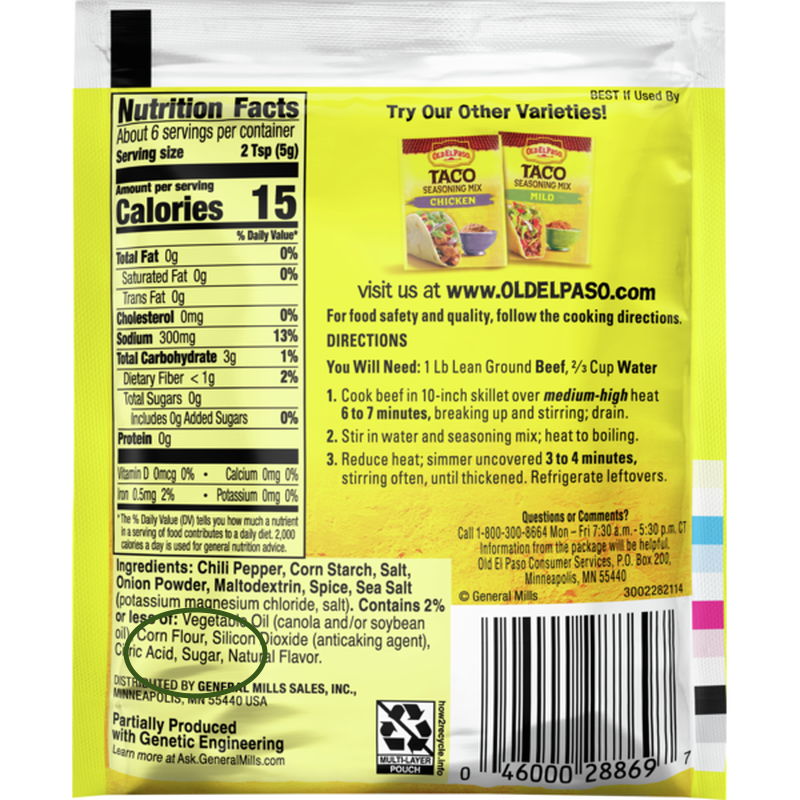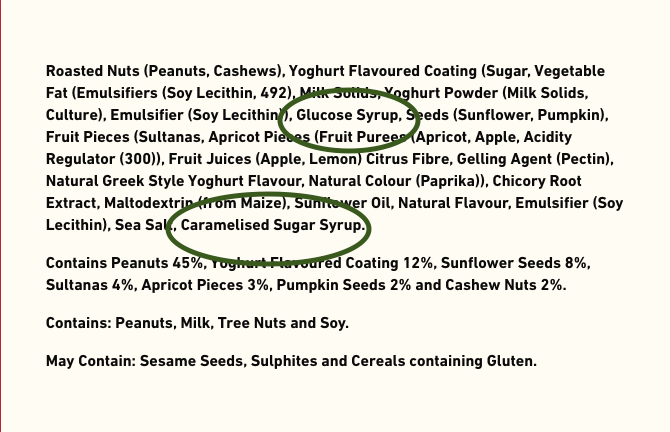We’ve all got a friend who says they aren’t eating bananas because they’re full of carbs. You can’t blame them because there are a lot of mixed messages demonising fruits as high sugar (high carbs). Yes, if you ate 10 bananas a day you might find yourself running to the toilet but it won’t kill you.
Not all sugar is “bad”. Sugar occurs naturally in many fruits and dairy products. Consuming a variety of foods that contain low levels of natural sugar can be great for you. But, avoiding all sugar could be detrimental to our health in the long run. We would be missing out on high amounts of fibre, essential minerals, and antioxidants found in fruit and plant sources.
However, health problems do occur when you consume a high amount of added or refined sugar. Many companies and food manufacturers add sugar to products to increase flavour, preserve shelf life and keep us buying more.
Added sugar is in most canned and pre-packaged foods and can be found in a variety of snack bars, cereals, pre-mixed spices, seasonings, sauces and canned goods, including vegetables. Many companies are moving away from the word “sugar” and have it listed under less common terms such as dextrose, rice malt syrup, high fructose corn syrup, multi-dextrin and lots more.
Fun Fact: 100% Maple Syrup does NOT contain added sugar, it is naturally occurring (like honey) and okay to eat in moderation. If you have a sugar free maple syrup it’s probably not maple syrup.
Food Labels & Ingredients Lists
Swamped with fancy colours, words and slogans designed to get our attention, food labels can be a bit of a nightmare decipher the important information from the not so important.
Here are our top tips to keep it really simple;
Tip #1 – Ingredients lists are located generally on the back of a product or under the folding flaps of the packaging. That isn’t a mistake, companies don’t want you to see it straight away, if at all. If the ingredients are hidden under the back flap or you need a magnifying glass to read it you can pretty much guarantee they’re hiding something nasty.
Tip #2 – Ingredients lists are listed in order from the highest percentage of the ingredient found in the product to the least. For example, if you are buying canned tomatoes and tomatoes aren’t the first (or only ingredient) labelled, steer clear.
Tip #3 – Know what is in your food. Not all packaged products are created equal, and not all preservatives are bad for us. However, if your food has sugar, and other ingredients containing colours or numbers these are the “eat less” kind of foods.
Tip #4 – No ingredients list, is a good ingredients list. In their most basic forms meat, seafood, vegetables, fruit, nuts and seeds that grow from the ground or had eyes don’t have ingredient lists. These are the foods high in vitamins and minerals that are “eat most” kinds of foods.
See below some examples of well known and popular household products that contain added sugar;



Healthy Swaps


Eye Opener Task:
Get your household together and go through your pantry. You will be surprised at the things you find. Look at the ingredients list of all your canned, packaged and processed food. If it contains “sugar” put it to the side until you have a small mountain on your kitchen bench!
Once you have looked through everything in your pantry take a quick photo, add a funny caption and tag us on social media.
“Holy smokes – just cleaned out the pantry! Who would have guessed there’s sugar in …. “ @crossfitoxygn
This task is designed to raise your awareness. Please don’t throw your packaged foods in the garbage. If you feel motivated you can donate to a local charity or at the least take a second look next time you’re buying.

Need help with you training or nutrition? Book your FREE help call here.

